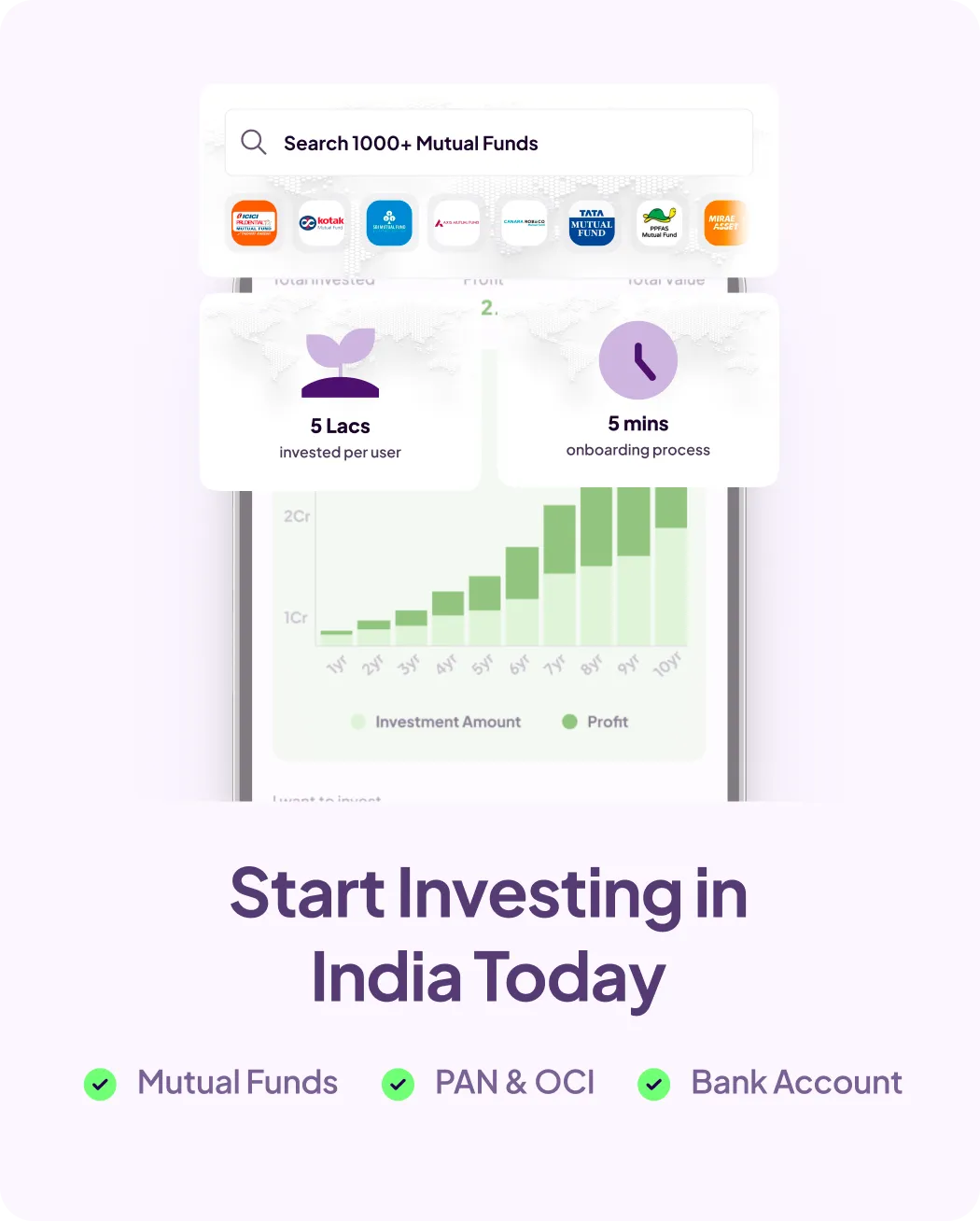For many Indian-origin U.S. citizens and Green Card holders, reuniting with close family members from India is one of the most important reasons to navigate the U.S. immigration system. The family-based immigration pathway allows NRIs to sponsor their spouses, children, parents, and even siblings, offering a legal route for loved ones to live together in America. Family reunification has long been a cornerstone of U.S. immigration law and holds special importance for Indian families who maintain strong ties across borders.
At the same time, the process can be challenging. Immediate Relative visas are relatively faster since they are not capped annually, while Family Preference visas face long wait times due to strict quotas and the 7% per-country limit, which particularly impacts Indian applicants. Understanding these visa categories, eligibility rules, documentation needs, and financial requirements is essential for NRIs to avoid unnecessary setbacks. With proper preparation, sponsoring your family from India to the U.S. becomes a smoother and more achievable process.
What Is a Family Immigration Visa?
A family immigration visa allows U.S. citizens and lawful permanent residents (Green Card holders) to sponsor their close relatives from other countries,such as India to live permanently in the United States. These visas fall into two main categories: Immediate Relative visas for close family members like spouses, minor children, and parents, and Family Preference visas for extended relatives such as adult children and siblings. The process enables families to reunite and build their lives together in the U.S., but waiting times and eligibility criteria vary depending on the visa type and sponsor’s status.
Types of Family Immigration Visas
Family-based immigration is divided into two categories:
1. Immediate Relative (IR) Visas – Unlimited
These visas are only for close relatives of U.S. citizens and are not subject to annual caps. Processing is generally faster.
- IR-1: Spouse of a U.S. citizen
- IR-2: Unmarried children under 21 of a U.S. citizen
- IR-5: Parents of a U.S. citizen (petitioner must be 21+)
2. Family Preference (F) Visas – Limited Quota
These have an annual worldwide cap (~226,000) and long backlogs for India.
- F1: Unmarried adult children (21+) of U.S. citizens
- F2A: Spouses and minor children of permanent residents (green card holders)
- F2B: Unmarried adult children (21+) of permanent residents
- F3: Married children of U.S. citizens
- F4: Siblings of U.S. citizens
3. Fiancé(e) (K-1) Visa
If you are a U.S. citizen engaged to someone in India, they may enter the U.S. on a K-1 visa to marry you within 90 days.
Eligibility and Sponsorship Rules
Who can sponsor whom?
- U.S. citizens can petition for spouse, children (married or unmarried), parents (if 21+), and siblings (if 21+).
- Green card holders can petition for spouse and unmarried children only.
The process begins with filing Form I-130 (Petition for Alien Relative) with USCIS. For a spouse, Form I-130A must also be filed.
Documentation Required
When filing Form I-130, you need to provide:
- Proof of U.S. citizenship or permanent residency (passport, naturalization certificate, or green card)
- Proof of relationship (marriage certificate, birth certificate, adoption papers)
- Passport copies of beneficiary family members
- Supporting evidence (photos, joint documents for spouse petitions, etc.)
Once the I-130 is approved, the National Visa Center (NVC) will process the case, requiring:
- Form DS-260 (Immigrant Visa Application)
- Affidavit of Support (Form I-864)
- Police clearance certificate from India
- Medical examination report (Panel Physician approved by U.S. consulate)
Financial Requirements for Sponsors
You must prove you can financially support your relative so they do not become a public charge.
- Income must be at least 125% of the Federal Poverty Level (approx. $25,550/year for household of 2 in 2025).
- Active-duty military only need to show 100% of the Poverty Guidelines.
- If your income is insufficient, a joint sponsor may file an additional Form I-864.
Key Challenges for Indian Applicants
- Visa backlog for India: Because of demand, waits in F3 and F4 can stretch decades.
- Separation strain: Parents often wait years to join children; siblings see the longest delays.
- Processing delays: Administrative backlogs at USCIS and NVC lead to unpredictable timelines.
- Financial eligibility: Sponsors who recently moved to the U.S. or don’t meet income thresholds may require joint sponsors.
Steps for a Successful Application of Family Immigration
- File Form I-130 with accurate supporting documents.
- Track visa bulletin monthly for your category.
- Submit Affidavit of Support and required financial documents to NVC.
- Attend the U.S. consulate interview in India (Mumbai handles most immigrant visas for Indians).
- Pay USCIS immigrant fee after visa approval, before entering the U.S.
Conclusion
For NRIs, sponsoring family members from India to the United States is one of the most important but also one of the most time-consuming immigration processes. Immediate relatives of U.S. citizens have a smoother path, while extended family members fall into capped categories that can mean long waits due to the backlog for Indian applicants.
Despite the challenges, careful documentation, meeting financial requirements, and staying updated on the visa bulletin significantly improve your chances of a successful case. Family reunification remains a meaningful immigration pathway, and while patience is required, many Indian families achieve their goal every year. Preparing thoroughly today ensures you and your loved ones can join each other in the U.S. without unnecessary delays.
Frequently Asked Questions
Q1. What types of family visas are available for Indians through NRI sponsors?
Immediate Relative visas (unlimited) and Family Preference visas (capped).
Q2. How long does the family-based immigration process take for Indians?
Immediate Relative visas: ~1 to 1.5 years. Family Preference: several years to decades, depending on category.
Q3. What are the 2025 income requirements for sponsors?
At least 125% of Federal Poverty Line (approx. $25,550/year for 2 family members).
Q4. Where do Indian applicants attend immigrant visa interviews?
U.S. Consulate in Mumbai is the primary location for immigrant visa interviews for Indian applicants.




